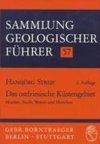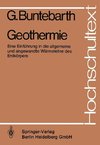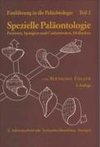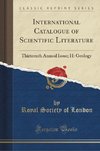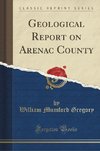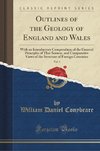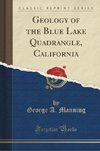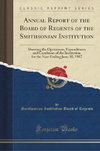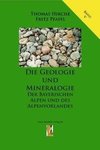
-
 Anglický jazyk
Anglický jazyk
Victoria, R: Proceedings of the Royal Society of Victoria, 1
Excerpt from Proceedings of the Royal Society of Victoria, 1897, Vol. 9: Edited Under the Authority of the Council
The fossils are very variable in Size and shape, but speaking generally they are cylindrical objects ranging up to about 3 mm. Or 4...
Viac o knihe
1 kus - skladom u vydavateľa Posielame do 7-10 dní
19.35 €
bežná cena: 21.50 €
O knihe
Excerpt from Proceedings of the Royal Society of Victoria, 1897, Vol. 9: Edited Under the Authority of the Council
The fossils are very variable in Size and shape, but speaking generally they are cylindrical objects ranging up to about 3 mm. Or 4 mm. In diameter and to about 5 mm. In length. The two terminal plane faces of the cylinder are generally perpendicular to its long axis, and are pierced by a number of fine pores, which are apparent without the aid of a lens. The lateral wall of the cylinder is formed by closely applied threadlike cords which branch and anastomose, leaving narrow elongated pores between them, the long axis of the pores coinciding in direction with that of the cylinder. Usually the diameter of the cylinder slightly increases somewhat suddenly at each end. In many cases the joints are branched, three branches sometimes meeting at one point. The proportion of the length of the cylinder to its, diameter varies greatly in different specimens. Some are very elongate, while others are ¿at discs, all grades between the two extremes being found.
A transverse section shows a cylindrical canal occupying the organic centre and a series of canals, which are somewhat reniform in transverse section, arranged round this in several concentric circles. The canals are connected with those on the same radius by very fine tubules, connection of one canal with another beside it occurring rarely in the sections I have examined. The whole structure has therefore very much the appearance of an Haversian system of a mammalian bone, but the central canal is smaller and the fine tubules corresponding to the canaliculi are far fewer and coarser than in bone.
In longitudinal section the canals are seen as parallel tubes, and the connecting tubules, which are far apart, run, as a rule, somewhat obliquely from one canal to another. In one instance a tabula crossing a large canal was clearly seen.
A longitudinal section through the point where branching takes place shows that the central canal itself divides into two, a division running up the axial line of each branch. The fine tubules occasionally pierce the outer wall of the cylinder and their openings form the slitlike pores before mentioned. Some of the specimens of which I have made sections are infiltrated with iron pyrites, which has filled even the fine tubules, and the structure is thus more clearly shown than in those specimens where no infiltration has taken place.
About the Publisher
Forgotten Books publishes hundreds of thousands of rare and classic books. Find more at www.forgottenbooks.com
This book is a reproduction of an important historical work. Forgotten Books uses state-of-the-art technology to digitally reconstruct the work, preserving the original format whilst repairing imperfections present in the aged copy. In rare cases, an imperfection in the original, such as a blemish or missing page, may be replicated in our edition. We do, however, repair the vast majority of imperfections successfully; any imperfections that remain are intentionally left to preserve the state of such historical works.
- Vydavateľstvo: Forgotten Books
- Formát: Paperback
- Jazyk: Anglický jazyk
- ISBN: 9781334496622
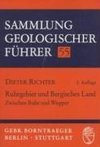
 Nemecký jazyk
Nemecký jazyk 
